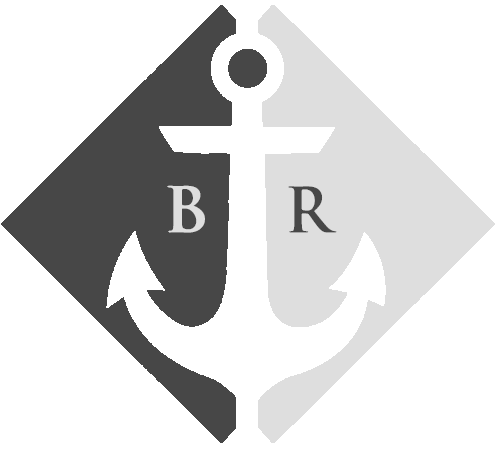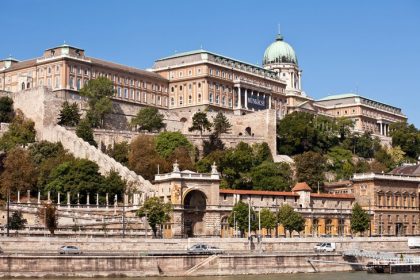

CONTACT US
1052 Budapest, Jane Haining Quay, Dock 11.
Customer support is available daily from 9:00 to 22:00.
Budapest, Jane Haining Quay, Dokk 11, 1052

Buda Castle can be found in the Castle District which is the main cultural and touristic center of the Hungarian capital city. This is the part of the World Heritage since 1987.
This castle is one of the symbolic buildings of Budapest architecture and it had an important role in Hungarian history. A fortress-like building was built on the hill after the Tatar invasion in the 13th century, but the real castle was built from the middle of the 14th century and the work lasted until the end of the 15th century. During the reign of Louis the Great, Sigismund and Matthias, the building became more and more beautiful. At that time, it was the seat city of the Hungarian kings. Unfortunately, it was occupied by the Turkish in 1541, and the next one and a half century was a sad period for the building. International Christian armies regained the city in 1686, but this siege caused further damages. After that, the castle was renovated; dominant Baroque features originate from that time. However, Gothic and Renaissance elements could be also served. The building was broadened in 1775, and then in the 19th century, Miklós Ybl and Alajos Hauszmann created a back wing to the castle which doubled the area of the building. The (neo)baroque cupola was also made then. A wing called ‘Krisztinaváros’ shows features of the Art Nouveau. During the Habsburg-regime, none of the kings lived in Buda, but between the two world wars, the Governor’s residence was found in the castle. During the 2nd world war, the building was damaged, and it needed renovation in the 1950-s. The work was performed in the Baroque style.
Of course, it is worth visiting the castle for itself. However, besides the own values of the building, you can also find here three important institutes in the former mentioned ‘Krisztinaváros’ wing. The National Széchenyi Library is the main library of the country. The Hungarian National Gallery exhibits the works of the most important and most talented Hungarian painters. Last but not least, the Budapest Historical Museum demonstrates both the glorious and sad days of Budapest history. The exhibitions are created in a modern way and they contain several interactive elements. Since 2013, there is a new exhibition which tells about the history of Buda Castle from 1686 to our age. The entrance of the museum is served by bellicose stone lions, and it opens to the Cour of the Lions – just like the library’s main entrance does.
The castle provides the sites of several events. First of all, the really popular Hungarian Festival of Craftson the 20th of August is a must-have program, since that St Stephen’s day is the greatest national holiday in Hungary, where everyone celebrates and even the day is closed with a huge national firework in the middle of Budapest. If you visit Budapest around 20th of August don’t miss the best spots of watching this firework and join us on one of our Firework dinner cruises with live piano show or traditional Hungarian folklore show. Anyway, there are several gastronomy occasions, too, such as the Wine Festival with the best Hungarian wines, Palinka and Pork Sausage Festival, or the Chocolate and Sweet Festival.

It is a funicular railway which was opened in 1870. The funicular starts from the Széchenyi Chain Bridge (from the Buda side) and connects the bridge with the Adam Clark Square at the level to Buda Castle above. It was initiated by Ödöm Széchenyi. He was the son of the famous Istvan Széchenyi whom the Chain Bridge was named for. The panorama is fantastic, but the queue is usually long. If you don’t want to wait a lot or if you are afraid of this special railway, you can also walk to the castle. It lasts approximately 10 minutes (don’t forget this walk is up to the castle hill). Next to the upper station of it, there is a huge statue of a turul. It’s a carnivorous bird and the symbolic animal of the pagan Hungarians at the time of the Conquest. There are other statues of this mythical animal all over the country; it’s the second biggest one. The biggest one is found in Tatabánya. Here, et this upper station, you can see the changing of guards. It’s quite spectacular!
There are many other important statues in or near the Castle. The best-known one is opposite the main entrance of the National Gallery, and it portrays Jenő Savoyai. Actually, it’s an imposing, Baroque equestrian statue. Savoyai was one of the heroes of the re-occupying of the country from the Turkish; among others, he won a significant battle at Zenta, in 1697. The statue was made by József Róna. It’s worth seeing the Matthias Fountain (made by Alajos Stróbl), which statues portray a sad legend about the hopeless love of King Matthias and Nice Ilonka. Opposite the fountain, you can find the statue of a horseman and his horse. This 4-meter-high statue was made by younger György Vastag, and it was exhibited during the Párizs World’s Fair.
The best place is south of the statue of Savoyai. From there, you can see